
From street dance to a global phenomenon, salsa dance is loved by casual and professional dancers throughout the world. While salsa dance is one of the “newer” dance genres, it's fairly old. Its rich history dates back to almost a century on the island of Cuba!
There is much conflicting information about the origins of salsa - some say it originated in NYC, others believe it’s from the Caribbean. However, most experts agree that the earliest version of salsa originated in 19th century Cuba. There are pieces of evidence that Salsa was already popular in various parts of the country before it became a dance sensation in its native Eastern Cuba.
The History of Salsa Dance and Music in Cuba
Before the Salsa dance emerged, Cuba was already the melting pot of various Latin dances such as Flamenco, Tango, and Mambo. According to historians, Salsa dance emerged in Eastern Cuba in the 1900s. The traditional Cuban salsa was created by combining Danzón, a dance style by French and Haiti immigrants, Rumba of African slaves, and Són, a traditional Cuban dance style.
Danzón was the main dance style in 1920s Cuba. Eventually, Danzón was infused with various dance influences, including the British contra dance and Són, the Cuban dance style. Són, which originated in Santiago de Cuba, is a combination of African percussions such as nengón and kiribá.
As Són became a popular dance style in Cuba, it was infused with another popular dance style, Rumba. During this period, Rumba dominated the music scene in Old Havana. The combination of diverse Són and Rumba musical instruments became the basis of a unique rhythm that would later be known as salsa.
It took several years before salsa’s rhythm became popular in Cuba. But when it did, salsa became a local sensation, often being performed in festivals. In just a few short years, salsa music and dance became very well known and loved all over Cuba.
During the 1898 Cuban War, Americans flooded the country and unsurprisingly, many US soldiers tourists loved the local dance scene and were very much taken by this infectious new dance style. Visiting American jazz musicians eventually carried this exotic island dance style stateside after the 1898 Cuban War.
Salsa stayed a local sensation for many years and most experts agree that its popularity beyond Cuba started in the 1950s when Cuban migrants brought their music with them to the US, particularly in New York and Miami. Relocating to the US gave the Hispanic musicians the perfect place to develop the salsa rhythm into the modern salsa. The modern salsa started gaining in popularity in ''El Barrio'', also known as Spanish Harlem.
By the early 1960s, NYC Fania Records gave this exotic new dance craze a name, “salsa.” The record label, which was established by musician Johnny Pacheco and Italian-American lawyer Jerry Masucci, became extremely popular for producing various salsa-influenced music. In fact, most of their recording artists went on to become salsa legends such as Celia Cruz, Héctor Lavoe, Cheo Feliciano, and Rubén Blades. By the 1970s, a slower version of the traditional Salsa has emerged in clubs and dance halls.
Salsa Casino
In the old days of Havana opulence, the Casinos were very popular among locals and tourists alike. Back then, casino owners would bring in the most popular musicians and bands in the country to lure people to dance. Dancing in casinos used to be all the rage in old Havana until the revolution when gambling haunts were forced to close down.
After the casinos were closed, people still danced the “casino” style in local dance halls and the name stuck. Today’s contemporary Casino-style salsa is the traditional Cuban salsa, not to be confused with Miami’s Casino-style salsa. Cuban salsa is different from its North American counterparts because the flow is circular and not linear. The idea is to let the woman shine on the dancefloor.
Rueda de Casino
Rueda de Casino is a type of Cuban group dance in which dancers constantly exchange partners, similar to the American square dancing. This Cuban dance style became popular in the 1950s Havana. Back then, people used to gather in dance halls, called "Casinos," to dance.
Rueda (wheel in Spanish), as it is commonly called in Cuba (which is salsa, as it is known outside of Cuba), involves a pair of dancers or more dancing in a circle. Dance partners are switched when one person calls out the turn names. As the dancers exchange dance partners in a circle, the movements are in sync with the whole group as well as the rhythm.
Some say that Rueda de Casino started out at the Casino Deportivo while others believe it originated in Santiago de Cuba. This dance style is a combination of popular dance steps of that era, which is still rooted in Danzón, Són, and Cha Cha Cha.
No matter where it came from, a part of salsa’s enduring popularity is its ability to bring people closer together with its strong, hypnotic Latin flavors. In the second part of this guide, we’ll discuss the history of Salsa in the US.
References
https://study.com/academy/lesson/salsa-dance-origin-history-steps.html
http://www.dancefacts.net/dance-history/history-of-salsa/
https://dancefans.cultu.be/history-of-cuban-dance
https://www.salsagente.com/history-of-salsa-music-dance/
https://en.wikipedia.org/wiki/Cuban_salsa
https://razbakov.com/dancing/salsa-cubana/

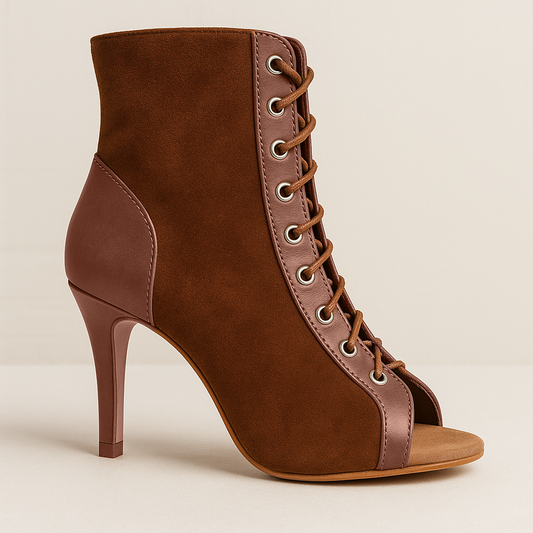
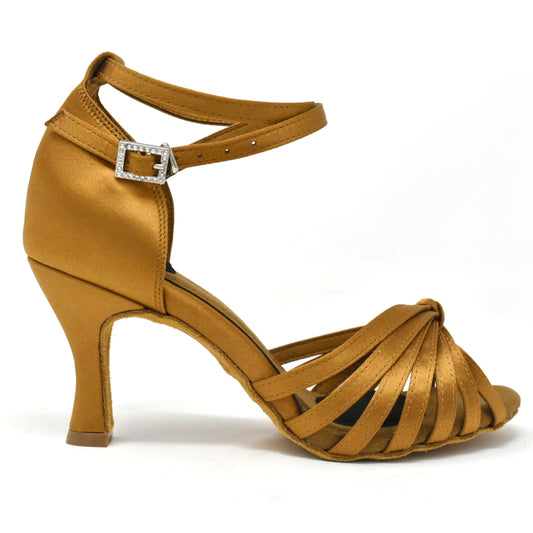
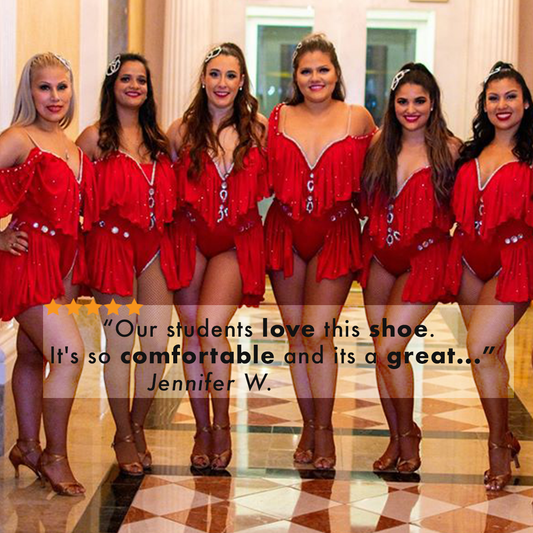
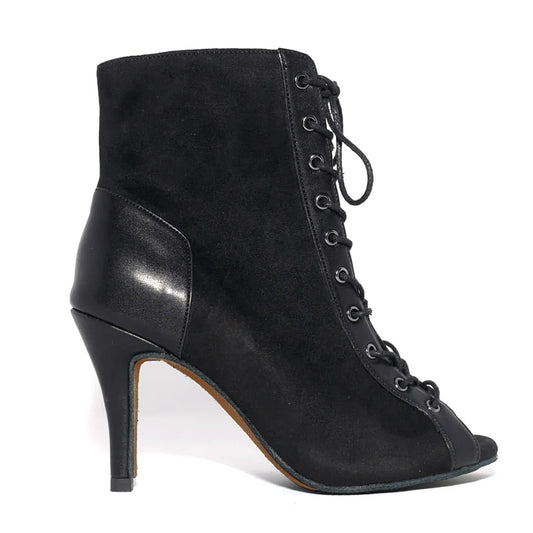
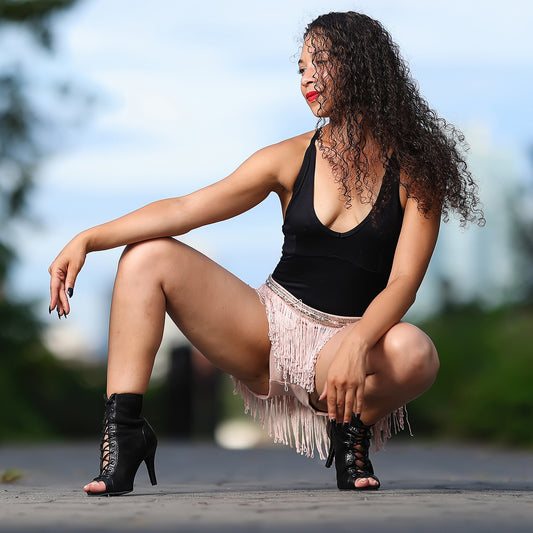
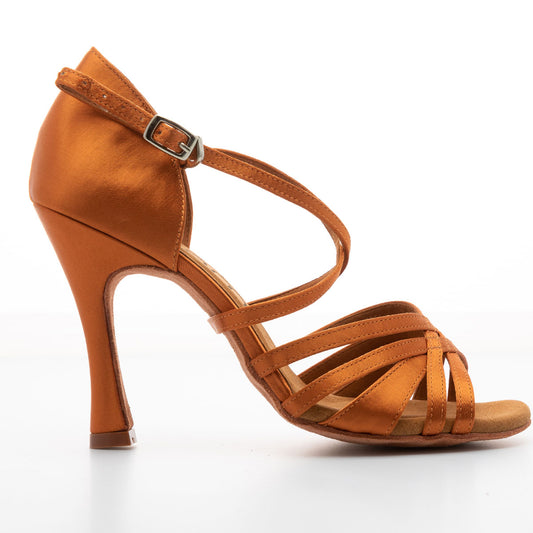
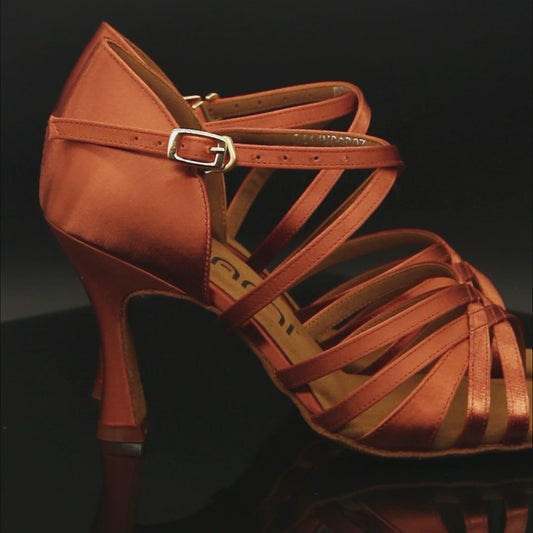
1 comment
Thanks for your efforts on this piece. Please check historical details around Casino’s and how that word was incorporated into the name…Appreciate it.